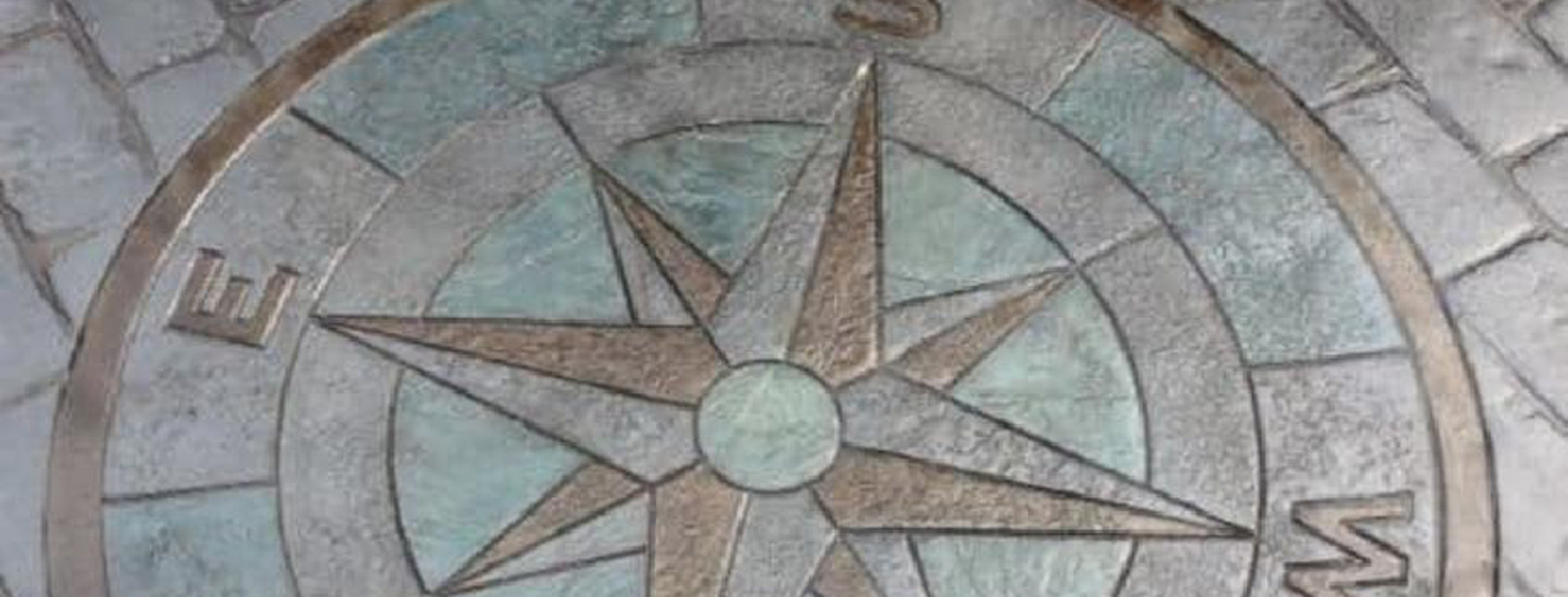Acid Tone Stains
There are endless possibilities when colouring concrete using acid stain, no two floors or walls will look the same after treatment. Be creative, customer should expect variable results and not a uniform finish.
How does Acid Stain work?
The acid stain contains metalic salt compounds held in water solution by the addition of just the correct amount of acid to provide the required low pH environment. When the solution is placed on the concrete, the acid reacts with calcium carbonate and calcium hydroxide (CH) near the surface of the slab.
This reaction causes the stain solution to move toward a neutral pH. A richer stain colour is achieved if the concrete is stained soon after it is placed. Wet slabs are likely to effloresce which will lighten the colour leaving a mottled effect in some areas where the stain has not taken, this is because efflorescing salts hinder penetration. In warm weather, the concrete can become hot and dry this does not allow the stain to penetrate as deeply.
On existing concrete, it's important to keep in mind that stains are intended to enhance rather than disguise the surface. They will not mask cracks, blemishes, discoloration, or other flaws. In some cases, that can be an advantage and work well with the design. For example, if you're going for an aged or rustic look, stains can accentuate minor blemishes and cracks and add greater distinction.
An existing concrete slab with major cracks it is usually not a good candidate for staining because any patchwork is likely to show right through the stain. A solution is to cover the concrete with a thin cement-based overlay to create a blank canvas to work on.
